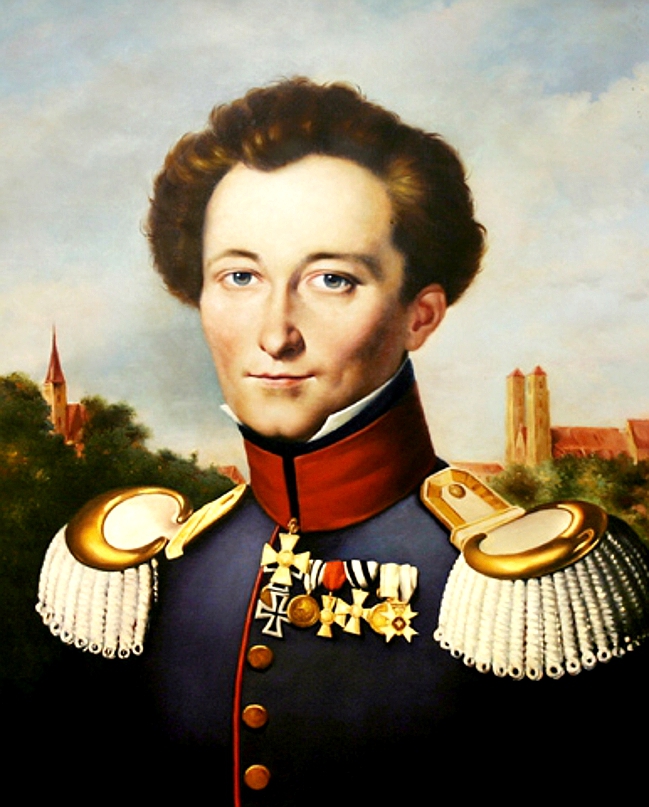There are couple of reasons why I have set up this new widget. First, CNAS is filled with some very influential strategists and COIN experts (the CEO is Dr. Nagl). Second, the ideas and concepts developed at this think tank, are what will impact the decision makers for the war, and thus impact the contracting industry. So it pays to follow the conversation.
This is also just a news deal. So any mention of CNAS in the news, will pop up in this feed. I think that would be the best indicator of any thought provoking ideas, because everyone is paying attention to them.
For politics, like I said, I am apolitical on this blog. Please do not take offense if you are not down with CNAS for whatever reason politically. I am simply trying to monitor the top thought processes out there about the war. There are numerous think tanks I could put up, but this one seems to be the most influential to the administration. I could be wrong, and if the readers have suggestions or corrections, I am completely open.
As for the ads, that is the latest deal with widgetbox, and if it becomes too annoying, I will just take it down and find another widget maker. That is part of the reason why I put it down on the bottom.
Finally, for the technical stuff, if you want to scroll through the stories on the widget, there is a bar just to the right of the various posts. Left click and hold over that bar, drag it down or up to control. Or just put your cursor over the topics and use your computer’s scroll feature. When you want to check out a story, just put your cursor over the title and click on it. It is that simple and enjoy. –Matt
